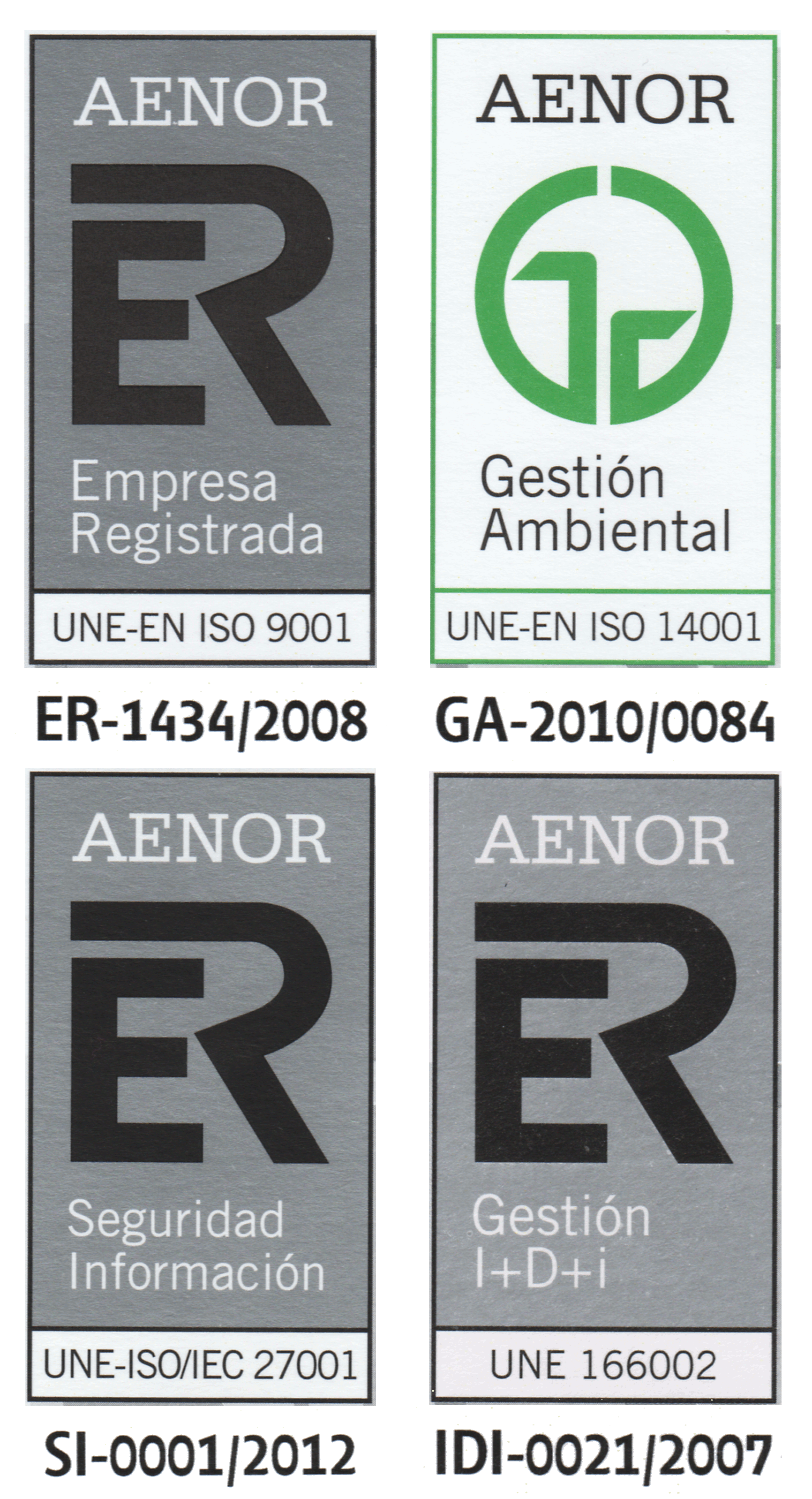An introduction to split networks
Speaker: Francesc Rosselló Llompart (Universitat de les Illes Balears)
SEMINAR
Abstract: The aim of phylogenetic analysis is to uncover the evolutionary relationships between different species. These relationships are usually represented by means of phylogenetic trees, be them rooted (when they represent explicitly an evolutionary history) or unrooted. However, the evolutionary history of the species under study may involve reticulate events like hybridizations or lateral gene tranfers, or the available evolutionary data may involve conflicts that cannot be represented by means of a tree structure. In this cases, phylogenetic networks are used to represent these evolutionary relationships.
One of the most popular types of unrooted phylogenetic networks are the split networks, introduced by Bandelt and Dress in 1992. Besides their appllication in phylogenetics, split networks are nowadays widely used in exploratory data analysis, as a visualization tool for conflicts in data: haven't you seen, for instance, the nice graphs of similarities between flamenco cantes produced by J. M. Díaz Báñez (Gaceta RSME 16(3))? The goal of this talk is to give a basic, but formal, introduction to split networks as a generalization of unrooted phylogenetic trees, and to the Neighbour-Net algorithm to build them from distances.
Information:
- Date: Thursday, 21-11-2013
- Time: 18:30 - 20:30.
- Place: Seminar room of the department H1.50 (Module H, First floor, E.T.S. Ingeniería Informática)
- Language: English
Funded by:




